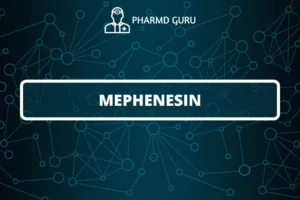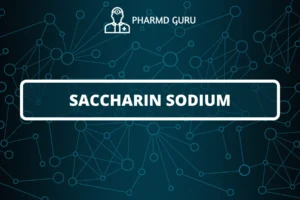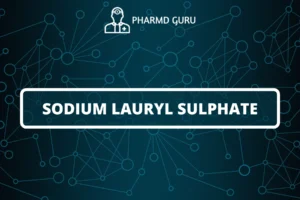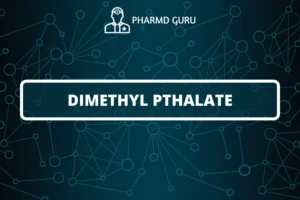ETHYL BENZOATE AND BENZYL BENZOATE: PREPARATION, TEST FOR PURITY, ASSAY AND MEDICINAL USES.
SCROLL DOWN TO THE BOTTOM OF THIS PAGE FOR ACTUAL NOTES.
ETHYL BENZOATE
Preparation of Ethyl Benzoate:
Ethyl benzoate can be prepared through the esterification reaction between benzoic acid and ethanol. The reaction typically involves the use of a catalyst, such as sulfuric acid or hydrochloric acid. By heating and refluxing the mixture, ethyl benzoate is formed along with water as a byproduct. The reaction can be monitored by measuring the temperature and the disappearance of the starting materials.
Test for Purity of Ethyl Benzoate:
Several tests can be conducted to assess the purity of ethyl benzoate, including the following:
- Gas chromatography (GC): GC analysis can be used to determine the impurity profile and quantify any impurities present in the ethyl benzoate sample. It separates the individual components of the mixture and provides information on their relative quantities.
- Infrared spectroscopy (IR): IR spectroscopy can be used to identify functional groups present in the ethyl benzoate molecule. It helps confirm the presence of the ester group and provides information about other impurities or contaminants.
Assay of Ethyl Benzoate:
An assay is performed to determine the concentration or purity of ethyl benzoate in a given sample. The assay method for ethyl benzoate typically involves a titration or a spectrophotometric analysis to measure the ester content. For example, a titration with a standardized sodium hydroxide (NaOH) solution can be performed, using phenolphthalein as an indicator.
Medicinal Uses of Ethyl Benzoate:
Ethyl benzoate is primarily used as a flavoring agent in the food and beverage industry. It provides a fruity or cherry-like aroma and flavor to various products. It is commonly used in the production of candies, chewing gum, beverages, and baked goods.
It’s important to note that ethyl benzoate is not typically used for medicinal purposes, but rather as a food additive and flavoring agent.
BENZYL BENZOATE
BENZYL BENZOATE: PREPARATION, TEST FOR PURITY, ASSAY AND MEDICINAL USES.
Preparation of Benzyl Benzoate:
Benzyl benzoate can be prepared through the esterification reaction between benzoic acid and benzyl alcohol. The reaction is typically catalyzed by an acid, such as sulfuric acid or hydrochloric acid. By heating and refluxing the mixture, benzyl benzoate is formed along with water as a byproduct. The reaction progress can be monitored by measuring the temperature and the disappearance of the starting materials.
Test for Purity of Benzyl Benzoate:
Several tests can be conducted to assess the purity of benzyl benzoate, including the following:
- Gas chromatography (GC): GC analysis can be used to determine the impurity profile and quantify any impurities present in the benzyl benzoate sample. It separates the individual components of the mixture and provides information on their relative quantities.
- Infrared spectroscopy (IR): IR spectroscopy can be used to identify functional groups present in the benzyl benzoate molecule. It helps confirm the presence of the ester group and provides information about other impurities or contaminants.
Assay of Benzyl Benzoate:
An assay is performed to determine the concentration or purity of benzyl benzoate in a given sample. The assay method for benzyl benzoate typically involves a titration or a spectrophotometric analysis to measure the ester content. For example, a titration with a standardized sodium hydroxide (NaOH) solution can be performed, using a suitable indicator.
Medicinal Uses of Benzyl Benzoate:
Benzyl benzoate has several medicinal uses, including:
- Topical scabicide: Benzyl benzoate is commonly used as a topical treatment for scabies, a parasitic skin infestation caused by mites. It works by killing the mites and their eggs, providing relief from itching and irritation associated with scabies.
- Pharmaceutical excipient: Benzyl benzoate is used as a pharmaceutical excipient in various formulations, such as topical creams, lotions, and ointments. It serves as a solvent, preservative, or solubilizing agent in certain medications.
- Antiparasitic agent: Benzyl benzoate can also be used to treat other parasitic infestations, including lice and mite infestations in humans and animals.
ACTUAL NOTES:
PATH: PHARMD/PHARMD NOTES/ PHARMD FIRST YEAR NOTES/ ORGANIC CHEMISTRY/ PHARMACEUTICAL ORGANIC CHEMISTRY/ ETHYL BENZOATE AND BENZYL BENZOATE.




